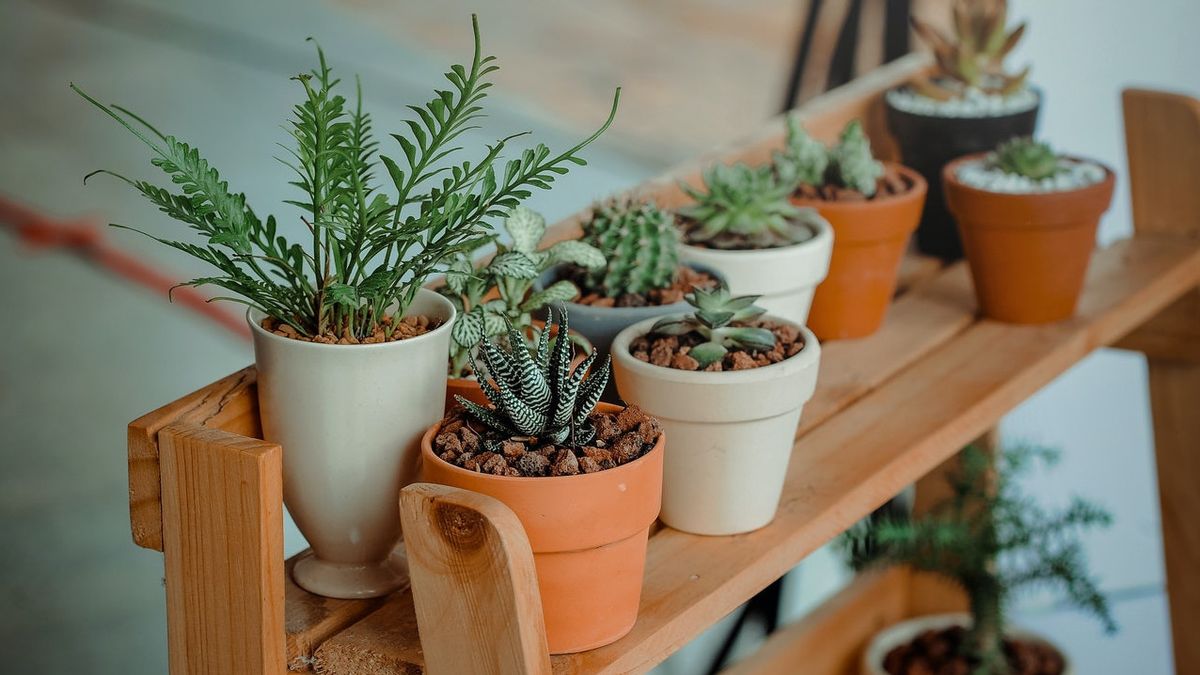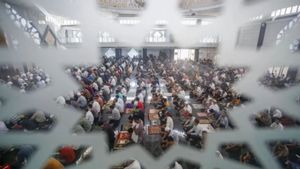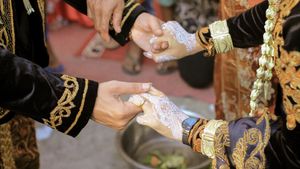JAKARTA – Planting can be a fun activity in the midst of a break from your daily busy life. Even more interesting, there are various types of pots, from cute, minimalist, to made of various materials.
From a variety of places to grow plants, VOI summarizes there are 5 types of pots based on the material. Interested in collecting pots made of what? Here is a list and the advantages of each.
1. Terracotta potsTerracotta pots or clay pots usually have a natural color, namely brick red. Some of the creations are also painted cute or have a funny shape. Terracotta pots are a bit porous because they are made from burnt glazed earth. In contrast to the more dense ceramic soil.
Many people choose terracotta pots because of their classic shape and warm colors so they look aesthetic when combined with various forms of ornamental plants. If based on price, terracotta pots are also more inclined than ceramic, for example.
Terracotta pots have the advantage of having a porous structure. This minimizes the planting medium is too moist because it has good water circulation or drainage.
However, considerations that are too heavy, too fragile, and cannot withstand heat and rain make terracotta pots the next choice after pots made from lighter and weather-resistant ones.
2. Porcelain potThe smooth and clear shape of the porcelain pot looks luxurious. Usually chosen for indoor ornamental plants, such as bonsai. The price is quite expensive but appearance is the main consideration when choosing it.
Unfortunately, these pots are also fragile and break easily. In addition, not every plant likes to live in porcelain pots.
3. Plastic potsPlastic pots, the advantages of which summarize the disadvantages of terracotta and porcelain pots. Plastic pots come in a variety of colors and shapes. Lighter than terracotta or porcelain. But the drawback, plastic pots do not have pores.
Well, when choosing a plastic pot, make sure the bottom of the pot has a hole. This helps the planting medium not too moist and good drainage. When using a plastic pot, try not to put it in the hot sun because it makes the temperature rise and affects the plants in it to wilt.

Better than terracotta pots, wooden pots have better pores and are less heavy. The price is also lower than porcelain pots. However, the weakness of wooden pots is that they rot easily, especially when exposed to water and sunlight.
5. Cement potCompared to porcelain pots and terracotta pots, cement pots are also heavy and difficult to move. Except in small sizes and not more than 5 kilograms.
Of the disadvantages, cement pots also have advantages. The advantages of cement pots are that they are more resistant to temperature changes, are porous so that the planting media is kept moist, and the price is low.
In addition to the five types of pots above, there are pots made from used cans. There are also pots made of coconut fiber and some are made of glass for mini ornamental plants that are placed on the work table.
Which types of pots are distinguished by their materials and do you like the most? Before buying it, it is advisable to consider its placement. If placed indoors, of course it will be different from outdoors.
The English, Chinese, Japanese, Arabic, and French versions are automatically generated by the AI. So there may still be inaccuracies in translating, please always see Indonesian as our main language. (system supported by DigitalSiber.id)













